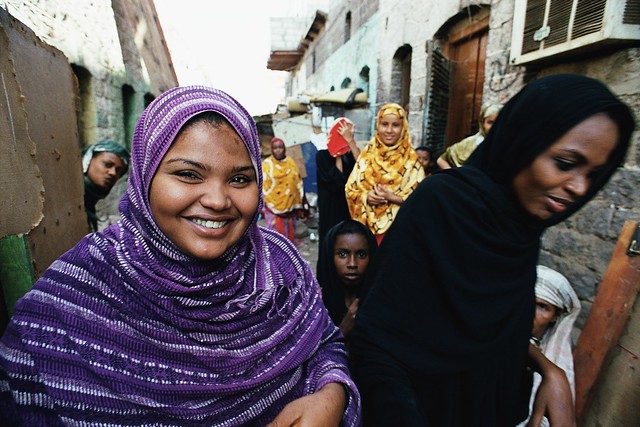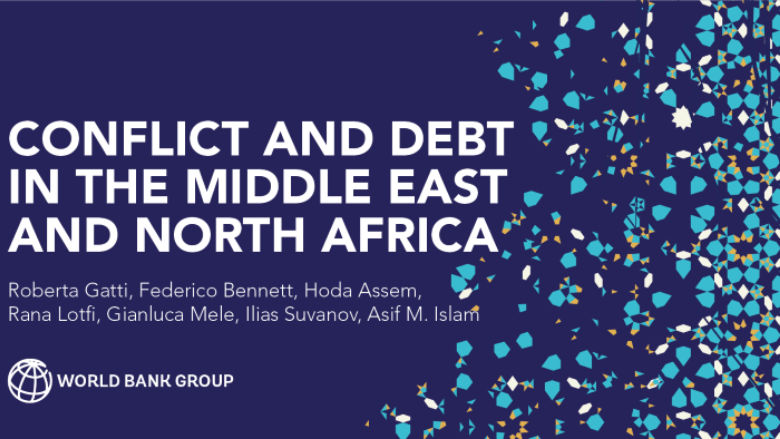The Libyan economy is driven by the oil and gas sector and remains undiversified, with a large public sector. In 2023, the oil and gas sector represented 60 percent of GDP, 94 percent of exports, and 97 percent of government revenues. The private sector remains underdeveloped but has significant growth potential and currently employs nearly 14 percent of the workforce.
While Libya is an upper middle-income country, its development indicators and institutional capacity do not match its income level. Years of conflicts and divisions have led to inadequate public investment and infrastructure maintenance despite the growing oil production, coupled with a distortive presence of the state in the economy and a restrained development of the private sector. Consequently, the population faces limited access to quality health services, a weak and outdated education system, disruption of the provision of safe drinking water, and disrupted electricity supply. Libya is considered one of the most water-scarce countries globally, with renewable water reserves of just 103m3 per person per year. The climate is arid, with 95 percent of the territory covered with desert and an arid coastal strip with agriculture heavily dependent on irrigation. The country has no rivers, and it is estimated that over 97 percent of freshwater is sourced from groundwater. The Great Man-Made River Project, Libya's engineered water line to the coastal areas, fails to reach critical water-scarce areas, resulting in recurring water shortages.
On September 10, 2023, a devastating natural disaster unfolded in eastern Libya when Storm Daniel wreaked havoc with heavy rains and fierce winds. These heavy rains led to the failure of two dams, releasing millions of cubic meters of water and resulting in extensive flooding in the coastal city of Derna, inhabited by approximately 100,000 people. The death toll reached 4,352, with more than 8,000 missing, 43,400 internally displaced, and approximately 250,000 people in need of humanitarian assistance. According to the Rapid Damage Needs Assessment (RDNA) jointly conducted by the World Bank, the United Nations, and the European Union published in January 2024, physical damage and losses caused by the storm and the flood are estimated at US$ 1.03 billion and US$ 0.62 billion, respectively, bringing the total estimated disaster effects to US$ 1.65 billion. Housing was the hardest hit sector, capturing 35 percent of total damages, followed by the environment (15 percent), transport (14 percent), and water and sanitation (13 percent). Flooding occurred in one of Libya's poorest regions, accentuating vulnerability across multiple dimensions.
Last Updated: Sep 20, 2024






